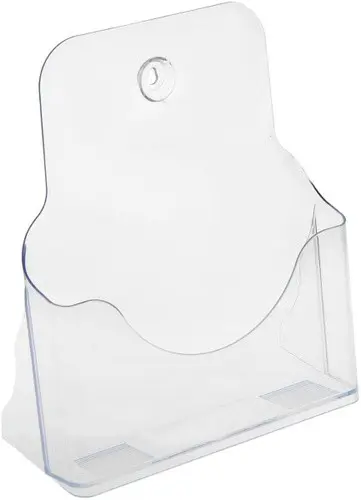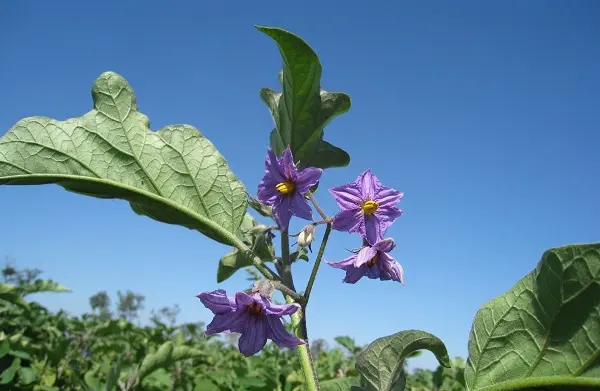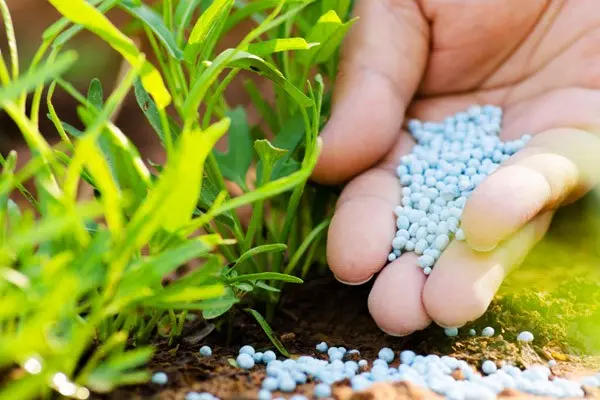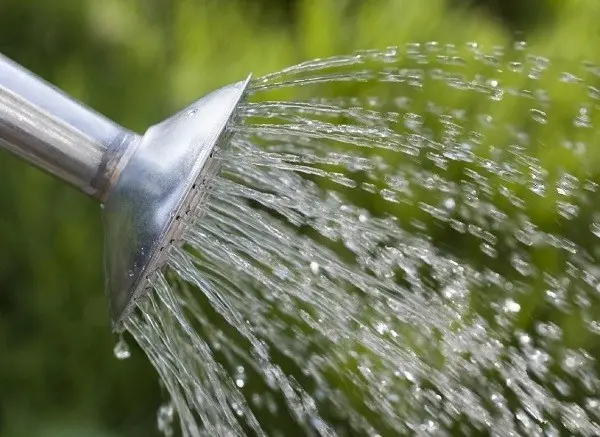Contents


Very often, vegetable growers are faced with such a problem as the lack of ovaries on eggplant. It happens that the plants develop well, bloom profusely, but the fruits do not set, and over time, the barren flowers fall off. It is fair to say that this situation most often occurs when growing eggplant in a greenhouse. Why is this happening and what can be done about it? Generally speaking, the reason is a violation of agricultural technology. There are several ways to solve this problem, but first you need to determine the reason why there is no ovary, and there are a lot of them.
Reasons for the lack of ovaries
Eggplants are whimsical plants. Wherever they grow, in a greenhouse or in a garden, everywhere they need to create optimal conditions for the development and growth of fruits. If the rules of agricultural technology are neglected, there will be few flowers and ovaries, and it may even happen that the ovary falls off while still a flower.

The reasons why the plant blooms, but the fruits are not tied, may be as follows:
Violation of the temperature regime
Eggplant is very demanding on air temperature. On average, for normal growth, it should be 25-27 ° C. If this indicator drops to the level of 15-18 ° C, the plant will simply freeze (stop developing). And if this happens during the flowering period, then the ovary most likely will not form, and the barren flower will dry up and fall off. The same situation happens at too high a temperature – at a mark of 32 ° C and above, the flowers are not pollinated, and the eggplants are not tied.
Unsuitable soil
Eggplant grows well in fertile and well-drained soil with neutral acidity. If the soil in a greenhouse or garden is too dense, acidic and does not warm up well – this happens with clay and podzolic soils, the formation of fruits may not occur at all. Conduct a soil analysis – perhaps it is simply unsuitable for growing eggplant.

Insufficient or incorrect watering
Eggplants are known to prefer moist soil. From abundant and regular watering to a large extent depends on their flowering, the formation of ovaries, and, accordingly, fruiting. It is important to constantly maintain optimal (moderate) humidity, especially in a greenhouse, since insufficient humidity disrupts plant nutrition, which causes a delay in the formation of buds and fruits. If the humidity is too high (water stagnation), the access of oxygen to the root system is reduced, due to which the development of the plant is also disturbed.
fertilizers
Sometimes vegetable growers, in an effort to get an earlier and more abundant harvest, apply a lot of fertilizers, both mineral and organic, to the soil. In response to this, eggplants begin to actively increase their green mass, but at the same time, all the power of the plant is directed to the formation of a bush – there are practically no or very few flower stalks, and those that have formed dry out and crumble.
Excess of nitrogen

In general, eggplant is very responsive to any fertilizer, but nitrogen refers to such elements that are introduced at a strictly defined time, usually in early spring. If nitrogen fertilizer is applied already during the vegetative process, this will be a strong stress for the plant, which will affect flowering and the number of ovaries.
Too much pollen
The fruiting of most varieties of eggplant comes from self-pollination. This is very convenient when growing vegetables in a greenhouse, but there is also some negative point in this.
Flowering eggplants regularly produce a large amount of pollen, which becomes heavy as it accumulates, and sometimes even sticks together. In this case, it cannot be transferred to other plants, which is why self-pollination does not occur.
Video “Why do eggplant flowers fall?”
The methods of artificial pollination are described in detail in this video.
How to fix problems
Sometimes vegetable growers, faced with problems in growing eggplant, resort to a variety of preparations and means, trying to deceive the plant and force it to grow fruits in an unnatural way.
Spraying preparations such as “Bud”, “Ovary” and their analogues contain gibberellin, a phytohormone that regulates and stimulates plant growth. Under ideal conditions, this substance in eggplant is produced independently, but if these conditions are violated, its formation is disrupted.
Spraying with stimulant drugs is quite effective, but not the most correct way to solve the problem. It is much more important to create suitable conditions for growing vegetables, and to eliminate the factors that led to the fact that the ovaries do not form:
- if the reason is an excess of nitrogen, it is necessary to add a potassium-phosphorus mixture or ash to the soil – these substances will slightly soften the activity of nitrogen;
- flower stalks on self-pollinating eggplants in a greenhouse must be shaken regularly, but very carefully – this will save the pollen from drying out and increase pollination;
- if eggplants are not self-pollinating, then the reason why an empty flower is formed may be the lack of pollination – in this case, you need to pollinate the flowers on eggplants manually with a brush;
- it is necessary to control and regulate the air temperature – modern greenhouses maintain a constant temperature at night, but during the day, due to the large amount of daylight, the degree in the greenhouse can rise significantly;
- special attention should be paid to watering eggplants, especially if vegetables grow in a greenhouse – watering is carried out under the root in a zone of 30-40 cm around the bush, you need to water it abundantly, but not too often and as needed (frequent watering contributes to moisture stagnation), water for watering should be a little warm;

Good eggplant fruiting is impossible without regular top dressing. During the season, vegetables are fed several times. The first top dressing is carried out 2 weeks after planting the seedlings in the ground – both mineral mixtures and organic matter (mullein solution) are appropriate here. Next, eggplants need to be fed during the period of bud formation and flowering. The next top dressing is carried out during the beginning of fruiting – phosphate and potash fertilizers are used (potassium is necessary for the good taste of eggplant).
Reasons for dropping buds
Dropping buds on eggplants before flowering is the most unpleasant and fairly common problem. The reasons why this happens are the most classic:
- a sharp temperature drop – if the temperature conditions in the greenhouse are not self-regulating, it is necessary to control the temperature on your own: when it becomes hot to open, so that the eggplants do not suffocate and do not bake, the greenhouse must be carefully closed at night;
- drying out of the soil or even a slight lack of moisture can also cause eggplant buds to fall off;
- a lack of trace elements (most often boron) is the most common reason why eggplant buds or empty flowers fall off – you can solve the problem by adding a solution of boric acid in a ratio of 10 g / bucket of water (eggplants are sprayed with a solution).
The fall of already faded peduncles indicates that they simply have not become dusty. It should be clarified that of all the flowers blooming on eggplants, only 60% are pollinated and bear fruit, the rest can bloom for a long time and beautifully, but they will dry up without being pollinated.
Video “How to grow eggplant”
Here are recommendations for growing eggplant from an experienced gardener.
Author: Svetlana Galitsina
Loading…









